当前位置:网站首页>Detailed explanation of expression (csp-j 2021 expr) topic
Detailed explanation of expression (csp-j 2021 expr) topic
2022-07-05 05:26:00 【Korloa】
First move the topic from Luogu
Title Description
Small C Keen on learning mathematical logic . one day , He found a special logical expression . In this logical expression , All operands are variables , And their values can only be 0 or 1, The operation is carried out from left to right . If there are parentheses in the expression , Evaluate the value of the subexpression in parentheses first . Special , This expression has and only has the following operations :
- And operation :
a & b. If and only if a and b The values are 1 when , The value of this expression is 1. In other cases, the value of the expression is 0. - Or operations :
a | b. If and only if a and b The values are 0 when , The value of this expression is 0. In other cases, the value of the expression is 1. - Reverse operation :
!a. If and only if a The value of is 0 when , The value of this expression is 1. In other cases, the value of the expression is 0.
Small C Want to know , Given a logical expression and the initial value of each operand , When you reverse the value of an operand , What is the value of the original expression .
To simplify the processing of expressions , We have the following agreement :
The expression will take Postfix expression Input by .
The definition of suffix expression is as follows :
- If E Is an operand , be E The suffix expression is itself .
- If E yes E1 op E2 Expression of form , among op Is any binary operator , And the priority is no higher than E1 、E2 Operators outside brackets , be E The suffix of is E1 E2 op, among E1 E2 Respectively E1、E2 Postfix of .
- If E yes E1 Expression of form , be E1 The suffix of E Postfix of .
At the same time, for the convenience of , Entering :
- And operators (&)、 Or operator (|)、 Negation operator (!) About There is a space , but There is no space at the end of the expression .
- Operands consist of lowercase letters x Spliced with a positive integer , A positive integer represents the subscript of this variable . for example :
x10, Indicates that the subscript is 10 The variable of x10. Data assurance Each variable appears exactly once in the expression .
Input format
The first line contains a string s, Represents the expression described above .
The second line contains a positive integer n, Represents the number of variables in the expression . The subscript of the variable in the expression is 1,2,⋯,n.
The third line contains n It's an integer , The first i An integer represents a variable xi Initial value of .
The fourth line contains a positive integer q, Number of questions .
Next q That's ok , One positive integer per line , Subscript indicating the variable to be negated . Be careful , The revision of each inquiry is temporary , That is, the modification in the previous inquiry will not affect the subsequent inquiry .
The data ensures that the input expression is legal . The initial value of the variable is 0 or 1.
Output format
Output a total of q That's ok , Each row of a 0 or 1, Represents the value of the expression under the query .
I/o sample
Input #1 Copy
x1 x2 & x3 | 3 1 0 1 3 1 2 3
Output #1 Copy
1
1
0
This problem is really a little difficult , I passed the examination directly , Looking back, I found that it was still skillful
Answer key
For data storage , I'll take the form
First, define a structure :
struct node{
char op;
int value;
int dp[2];
vector<node*>son;
node(){
dp[0]=0;
dp[1]=0;
value=0;
op='F'; //F It means that there is no , Leaf nodes can be marked
vector<node*>son(); // initialization , It's ok if you don't add it
}
};dp Arrays are explained below ,value Store the value of the node subtree , One vector Array represents its child nodes , Easy to find , The number of child nodes depends on the symbol of the node , by ! There is only one ; But for & or | Time is two . Leaf nodes are stored values , There is no sign , Instead, there is no value in the initial state of the leaf node , But there are symbols .
You can use stack Container to handle suffix expressions
Build a date Array to record the subscript x Of node type , And stack Connect
We define various data in the form of pointers , Because we can allocate memory dynamically , Reduce the consumption . But more importantly , In this way, we can establish various data structures and establish connections , While a certain value changes , Other types of their corresponding pointers also change .
There are two ways to deal with the core algorithm of this problem
The first one is
Is the value to be changed every time you enter , Then traverse the whole tree , Give an answer . But obviously, when there are many queries , This method will definitely time out .
The second kind
Just before entering the value to be changed , Let's type the watch :
How to make a watch , First of all, we need to Dfs Traverse the entire tree from bottom to top , Find the default value of each node .
Let's define a function later Dfs_dp Traverse the entire tree from top to bottom , Find out the dp value .
dp[] Array means when the value of this node is x, The operation result of the whole tree is dp[x],dp Obviously, there are only two states , So we define it as int dp[2] That's enough .
From top to bottom , For the root node , Obviously when it's dp Value is the value of the whole tree .
For each child node , Let's consider two scenarios :
1. The symbol corresponding to the parent node is ! when , its dp The value is the opposite of its parent node dp value .
2. The symbol corresponding to the parent node is & or | when , First, find out when its value is x when , The result of corresponding symbolic operation with another child node of its parent node z, Then corresponding to its corresponding parent node dp[z] Value
The reason why this is faster is that we can get the value of all cases after traversing the tree , Compared with scheme 1 , We don't have to traverse many times .
Last , When inputting each node to be changed , We output the changed results dp value .
AC code is here
#include<cstdio>
#include<stack>
#include<vector>
#include<cstring>
using namespace std;
struct node{
char op;
int value;
int dp[2];
vector<node*>son;
node(){
dp[0]=0;
dp[1]=0;
value=0;
op='F';
vector<node*>son();
}
};
stack<node*>fuel;
node* date[100000];
char str[100000];
int tot=0,quenum,que;
using namespace std;
int Dfs_solve(node* x){
if(x->op=='F'){
return 0;
}
for(int i=0;i<x->son.size();i++){
Dfs_solve(x->son[i]);
}
if(x->op=='!'){
x->value=(!x->son[0]->value);
}
else if(x->op=='&'){
x->value=(x->son[0]->value & x->son[1]->value);
}
else if(x->op=='|'){
x->value=(x->son[0]->value | x->son[1]->value);
}
return 0;
}
void Dfs_dp(node* x,node* father){
if(father==NULL){
x->dp[0]=0;
x->dp[1]=1;
}
else{
if(father->op=='!'){
x->dp[0]=father->dp[1];
x->dp[1]=father->dp[0];
}
else if(father->op=='&' || father->op=='|'){
node *other;
if(father->son[0]==x){
other=father->son[1];
}
else{
other=father->son[0];
}
if(father->op=='&'){
x->dp[0]=father->dp[0];
x->dp[1]=father->dp[other->value];
}
else{
x->dp[1]=father->dp[1];
x->dp[0]=father->dp[other->value];
}
}
}
for(int i=0;i<x->son.size();i++){
Dfs_dp(x->son[i],x);
}
return;
}
int main(){
while(scanf("%s",str)){
if(str[0]=='x'){
int num=0;
for(int i=1;i<strlen(str);i++){
num=(num<<3)+(num<<1)+(str[i]^48);
}
date[num]=new node;
fuel.push(date[num]);
}
else if(str[0]=='&' || str[0]=='|'){
node* a;
node* b;
node* c=new node;
a=fuel.top();
fuel.pop();
b=fuel.top();
fuel.pop();
c->op=str[0];
c->son.push_back(a);
c->son.push_back(b);
fuel.push(c);
}
else if(str[0]=='!'){
node* a;
node* b=new node;
a=fuel.top();
fuel.pop();
b->son.push_back(a);
b->op='!';
fuel.push(b);
}
else{
for(int i=0;i<strlen(str);i++){
tot=(tot<<3)+(tot<<1)+(str[i]^48);
}
for(int i=1;i<=tot;i++){
scanf("%d",&date[i]->value);
}
break;
}
}
node* root=fuel.top();
Dfs_solve(root);
Dfs_dp(root,NULL);
scanf("%d",&quenum);
for(int i=0;i<quenum;i++){
scanf("%d",&que);
printf("%d\n",date[que]->dp[!date[que]->value]);
}
return 0;
}END~~~
Writing is not easy to , If you don't understand anything, please comment , I will reply immediately .
Thank you for your support
边栏推荐
猜你喜欢
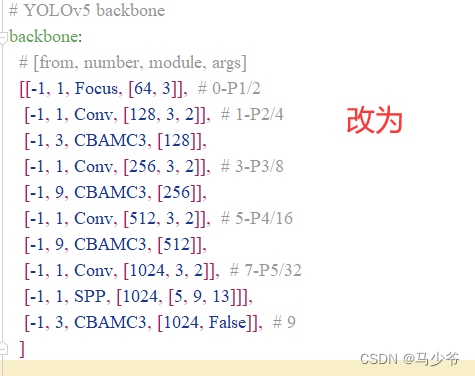
YOLOv5添加注意力機制
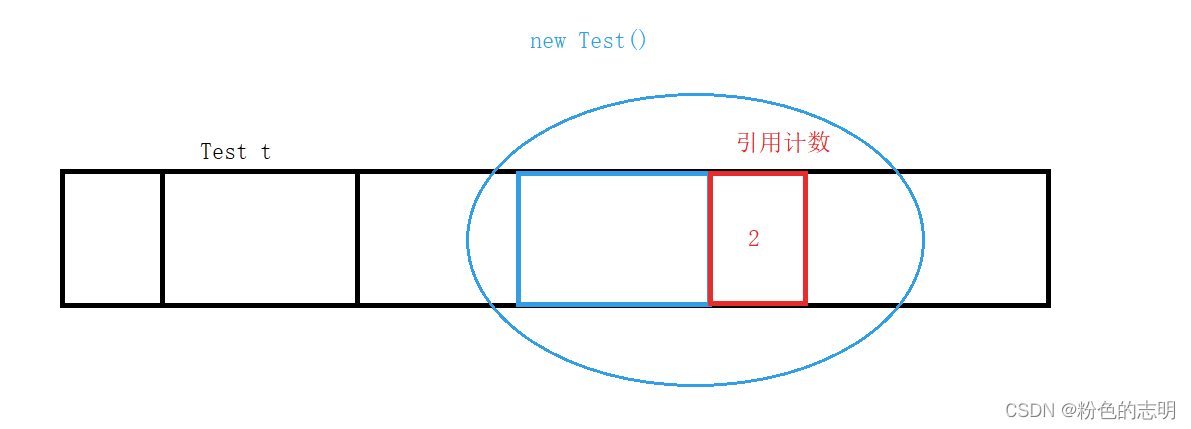
Talking about JVM (frequent interview)
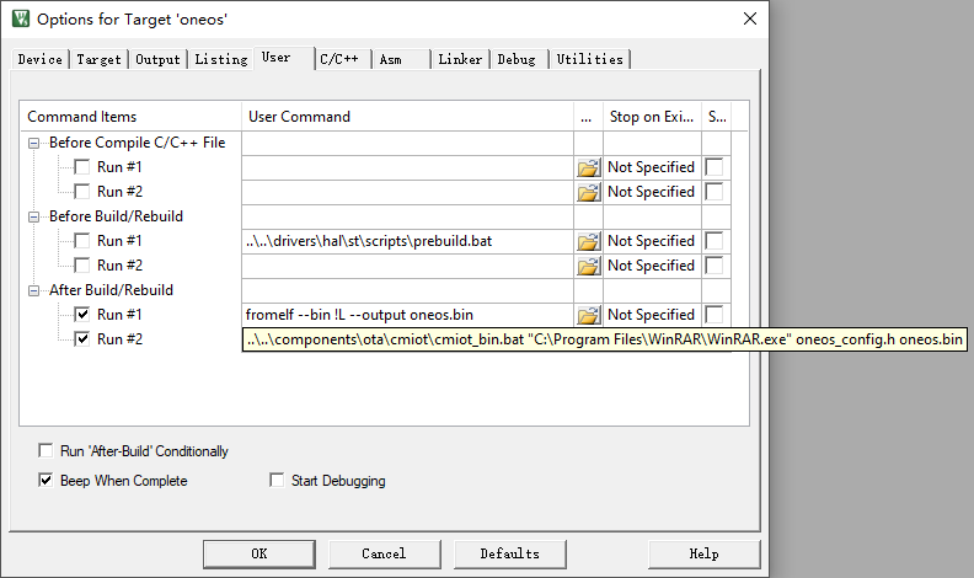
Remote upgrade afraid of cutting beard? Explain FOTA safety upgrade in detail
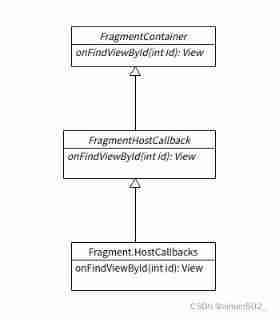
Fragment addition failed error lookup
![[to be continued] [UE4 notes] L1 create and configure items](/img/20/54ba719be2e51b7db5b7645b361e26.jpg)
[to be continued] [UE4 notes] L1 create and configure items

Improvement of pointnet++

Shell Sort
![[转]: OSGI规范 深入浅出](/img/54/d73a8d3e375dfe430c2eca39617b9c.png)
[转]: OSGI规范 深入浅出

Yolov5 adds attention mechanism
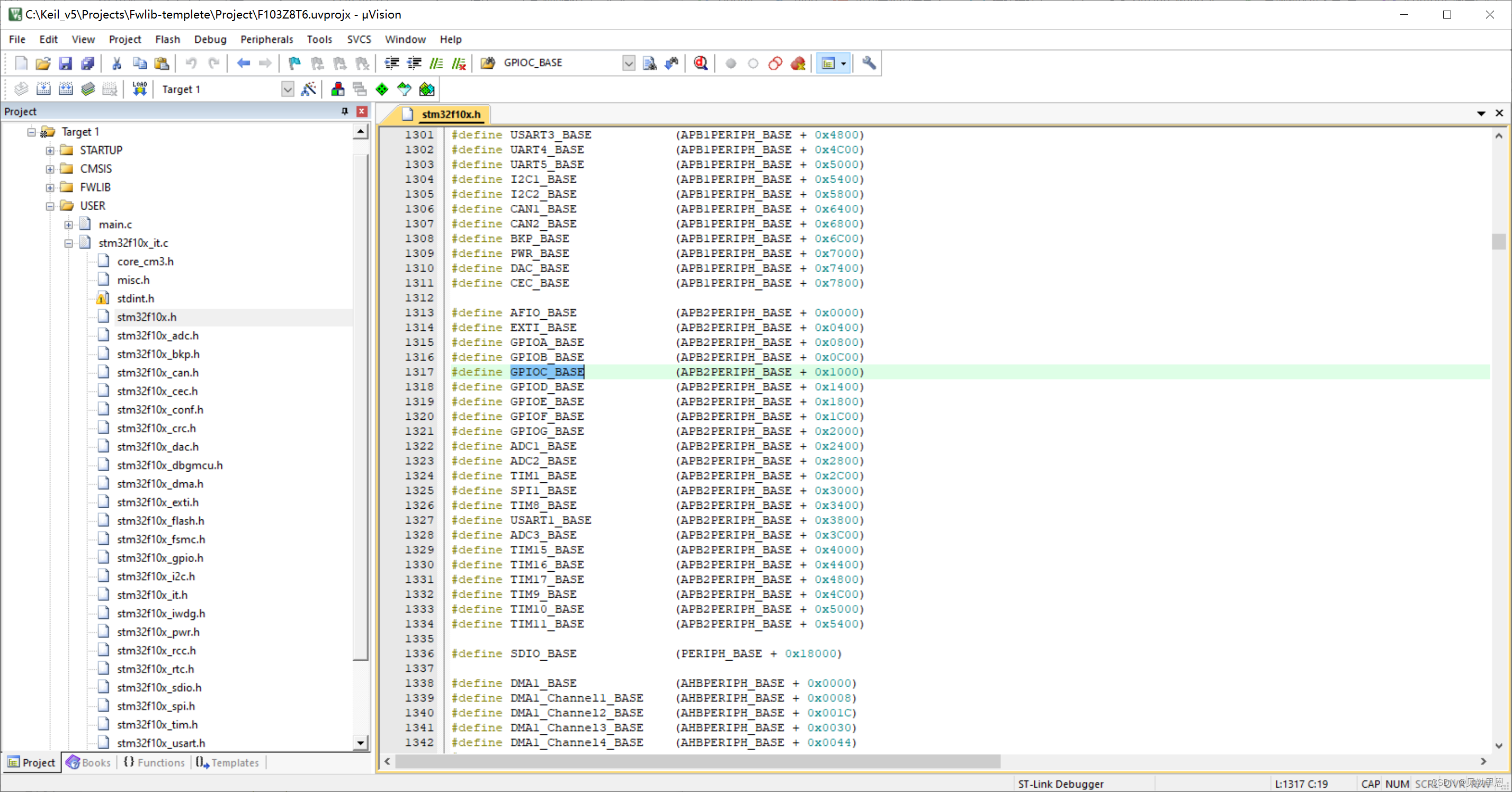
用STM32点个灯
随机推荐
Solon Logging 插件的添加器级别控制和日志器的级别控制
Improvement of pointnet++
Use of snippets in vscode (code template)
[trans]: spécification osgi
PMP candidates, please check the precautions for PMP examination in July
[转]MySQL操作实战(三):表联结
A three-dimensional button
lxml.etree.XMLSyntaxError: Opening and ending tag mismatch: meta line 6 and head, line 8, column 8
[binary search] 69 Square root of X
FVP和Juno平台的Memory Layout介绍
[binary search] 34 Find the first and last positions of elements in a sorted array
lxml. etree. XMLSyntaxError: Opening and ending tag mismatch: meta line 6 and head, line 8, column 8
剑指 Offer 53 - II. 0~n-1中缺失的数字
Fragment addition failed error lookup
The next key of win generates the timestamp file of the current day
读者写者模型
2022上半年全国教师资格证下
kubeadm系列-02-kubelet的配置和启动
Magnifying glass effect
[to be continued] I believe that everyone has the right to choose their own way of life - written in front of the art column